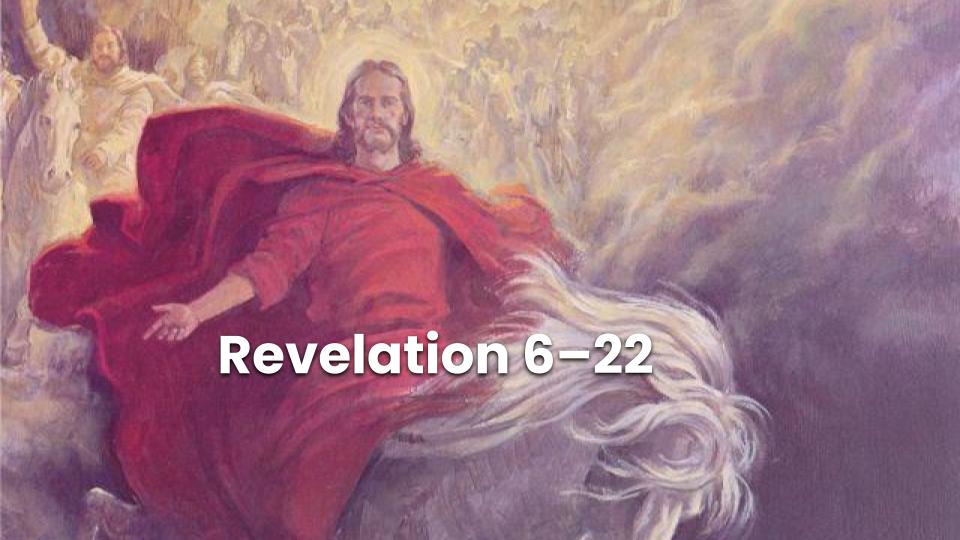I’ve written on this site about the value of carefully studying, side-by-side, what Matthew, Mark, Luke, and John say about key events in the life of Jesus Christ. I highly recommend doing this with the accounts of Christ in Gethsemane. This type of activity can be done not only with text, but also with art.
When you go to Jerusalem and visit Gethsemane you will see in the adjacent church three beautiful mosaics about Gethsemane. One of the depicts an event that is only in Matthew and Mark, one depicts an event that is only in Luke, and one an event that is only in John. Can you guess which is which?



The first one is Matthew and Mark – the only gospels where Judas betrays Jesus with a kiss (Christ stops Judas before the kiss in Luke, and there is no kiss in John). The second image comes from Luke – the only account that speaks of an angel strengthening the Savior. In John’s account, the soldiers fall back when Christ boldly declares his identity, portrayed in the third image.
I don’t want to take away from your opportunity to discover interesting details on your own, but let me just share with you a couple of insights from doing a synopsis study on Gethsemane.
In Matthew and Mark, when Christ entered the Garden of Gethsemane, he “began to be sorrowful and very heavy” (Matthew 26:27). He said to Peter, James, and John, “My soul is exceeding sorrowful, even unto death: tarry ye here, and watch with me” (Matthew 26:38). As Christ moved away from his disciples he “fell on the ground” (Mark 14:35). Christ pled, “Father, if it be possible, let this cup pass from me: nevertheless not as I will, but as thou wilt” (Matthew 26:39, see also Mark 14:33-36). Christ experienced our humanity – he felt the same pains, fears, and afflictions we have felt. He understands and can deeply empathize with us.
Luke includes several details that the other gospel writers do not record. Only in Luke do we read that Christ “sweat was as it were great drops of blood falling down to the ground” (Luke 22:44) as he prayed in agony. Only in Luke do we read that after Peter cut off the ear of the servant of the high priest, Jesus “touched his ear, and healed him” (Luke 22:51). Even in a moment of extreme betrayal, Christ lovingly healed one who was sinning against him. Christ is a merciful Savior who heals us spiritually and physically.
In the gospel of John, Christ’s experience in the garden is different. There is no suffering and Judas does not betray Jesus with a kiss. Instead, when the officers of the chief priests came to Gethsemane, Christ “went forth, and said unto them, Whom seek ye? They answered him, Jesus of Nazareth. Jesus saith unto them, I am he…As soon then as he had said unto them, I am he, they went backward, and fell to the ground” (John 18:4-6). Jesus is not betrayed; he instead protects and defends his disciples (see John 18:8-9). Christ is a divine Savior, completely in control of the situation. When everything in our lives seems out-of-control, we can turn to him, because he is fully in control.
I love how these different attributes of the Savior pop out when doing a side-by-side account of his experiences in Gethsemane. If you’d like to do your own side by side study, here are some documents I’ve prepared to assist you in that work.
You can also visit my synopsis page where you can learn more about studying the Gospels side-by-side and find additional posts and downloads.





